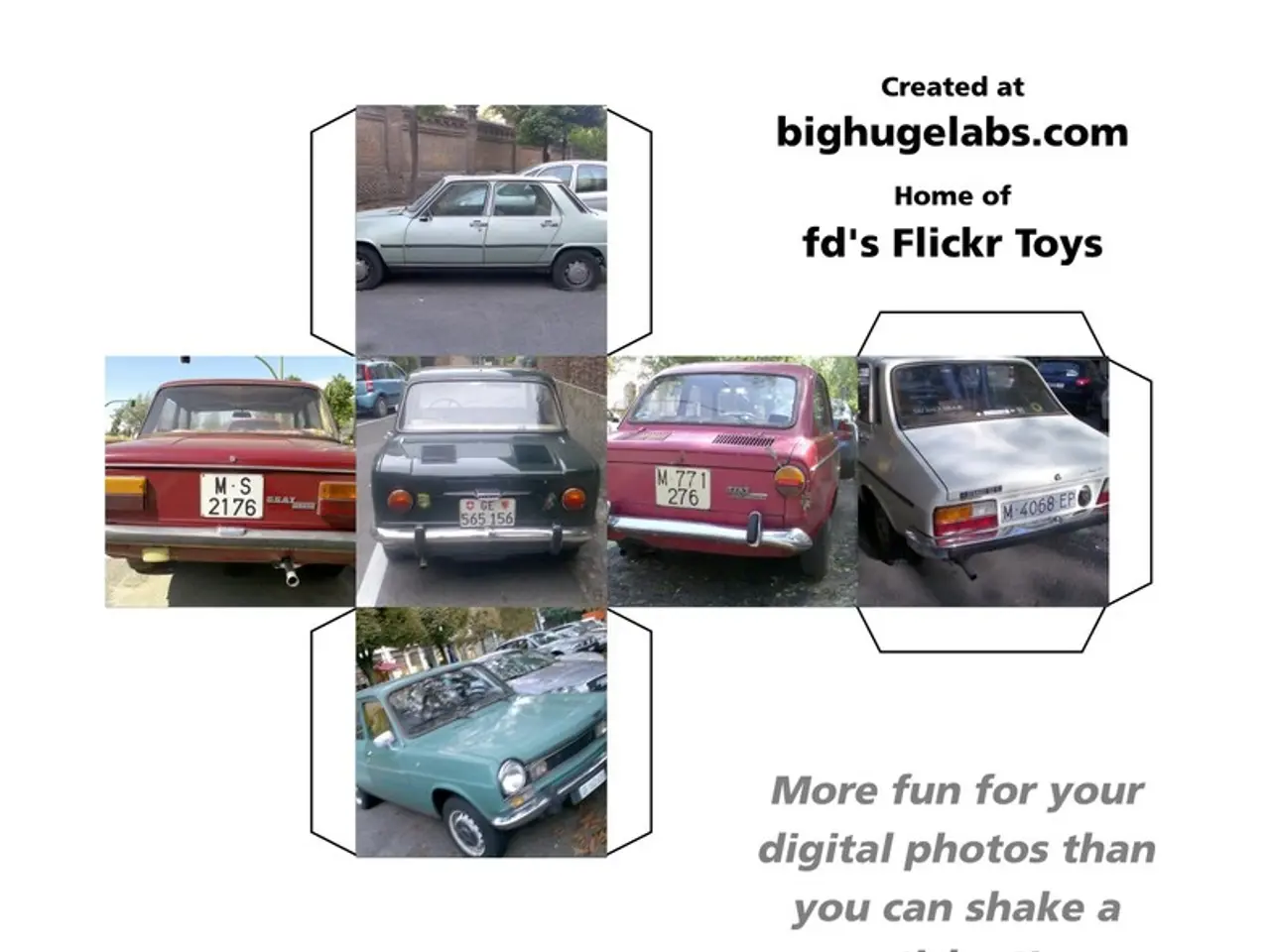Tesla's push towards Musk's Robotaxi intensifies, raising questions about whether it will lead to the company's success or potential downfall.
In a bold move, Tesla launched its first paid robotaxi service in Austin, Texas, in June 2025. The pilot program, initially limited to Tesla fans and requiring a Tesla employee in the passenger seat, aims to offer fully autonomous rides without safety drivers by the end of the year. However, the success of this venture is far from certain, given the challenges and competitive landscape.
The launch comes at a time when Tesla's automotive revenue dropped by 20% year over year in the first quarter, and deliveries have fallen for two consecutive quarters, with a 14% decline in the second quarter. This downturn could be attributed to increased competition in the U.S. market, with Tesla facing stiff competition from local automakers in the world's largest EV market, China.
Critics worry that Tesla's vehicles, relying solely on vision-based cameras and neural nets, may struggle with the unexpected, such as inclement weather or complex traffic patterns. Researchers from U.C. Berkeley and Carnegie Mellon University have pointed out issues like "phantom braking," lane confusion, and the lack of redundancy that radar or lidar provides in Tesla's system. Austin City Council members have also voiced concerns over safety and Tesla's unwillingness to work with the city regarding the robotaxi service.
In contrast, Waymo, a key player in the autonomous driving sector, has been running paid, driverless rides since 2022 in cities like Phoenix and San Francisco, and is now expanding to other cities, sometimes in partnership with Uber. Waymo's vehicles use a combination of cameras, radar, and lidar, providing a redundancy that Tesla's system lacks. Waymo is currently years ahead of Tesla in the development and deployment of driverless vehicles.
Elon Musk's polarizing political involvement may have also alienated many consumers who historically supported the EV movement. Musk recently turned on President Trump and is discussing forming his own political party. This shift could potentially impact Tesla's customer base and market position.
Interestingly, unlike Waymo, Tesla has not collaborated with local governments in its deployment of driverless vehicles. This could be a significant factor in the robotaxi service seeming to work best in cities with a liberal political leaning.
The robotaxis being used are Model Ys, not the futuristic "Cybercabs" as previously unveiled. The service is tightly geofenced, and the safety monitor in the robotaxis has access to an emergency stop button and has already been used to prevent accidents. The robotaxis are operating within a limited area of Austin, with the aim to expand as the technology matures and regulatory approvals are secured.
As Tesla navigates these challenges, it continues to push the boundaries of what is possible in the realm of autonomous driving. The future of Tesla's robotaxi business remains uncertain, but one thing is clear: Tesla's stock valuation still reflects a future where autonomous driving becomes mainstream and Tesla is the dominant player, making it a significant bet in the autonomous driving sector.








